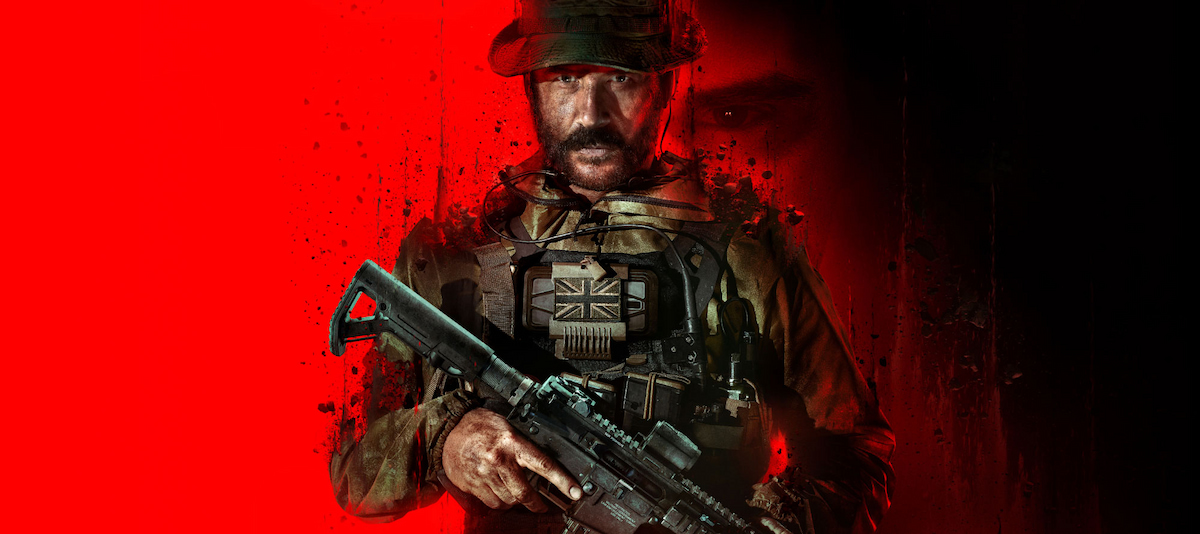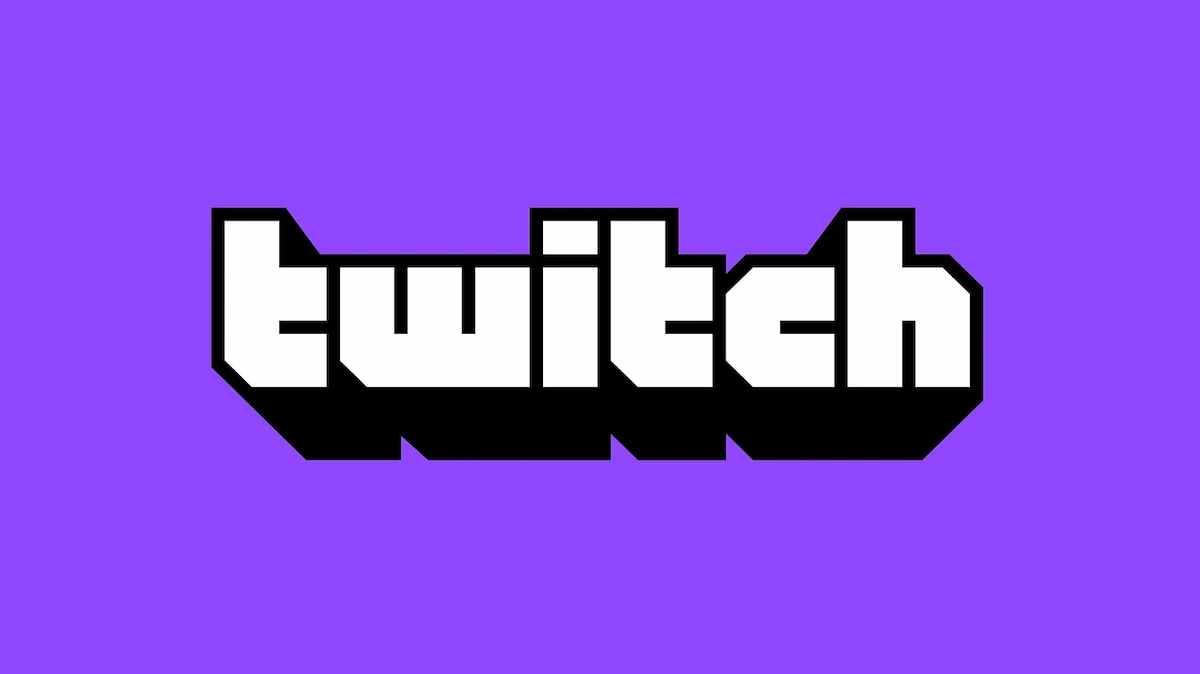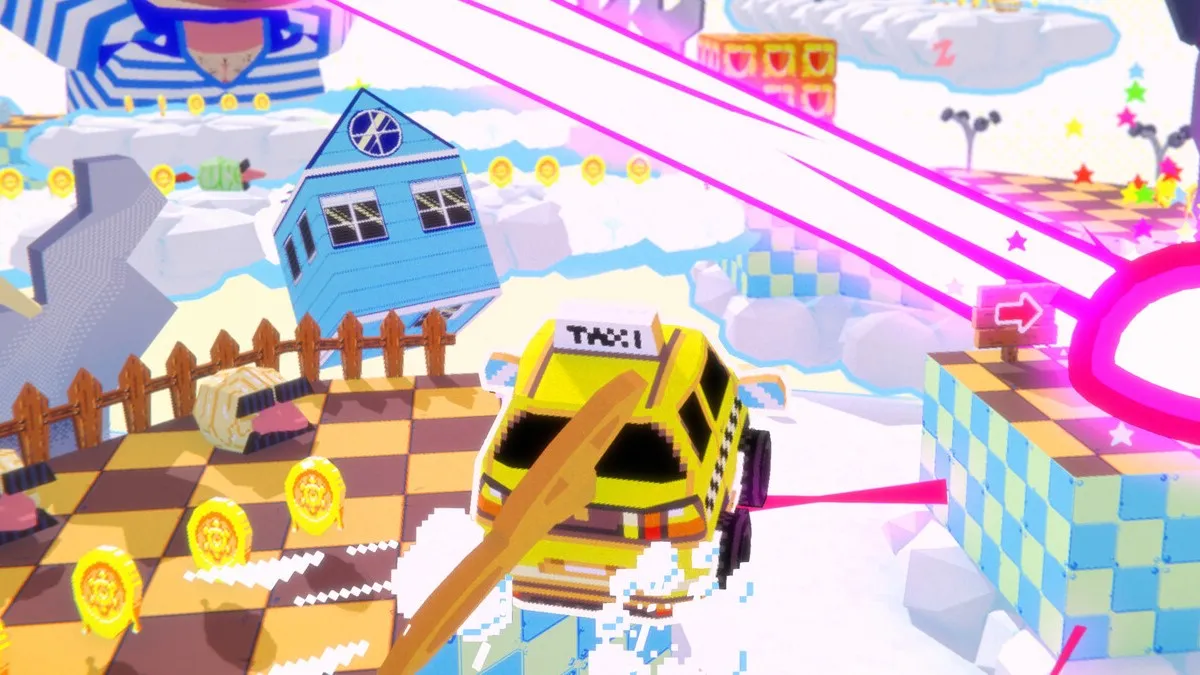Tekken 7 was formerly announced at the Evolution Fighting Game Championships this past July. Only a few months later, we already have the first location test that took place in Japan this past weekend. While the final roster has yet to be decided, Tekken lead producer Katsuhiro Harada stated that the development team would like to include over 30 characters when the game is finished.
The arcade location test included the two new characters, Claudio and Katarina. Claudio seems to have a play style that loosely resembles Lars (flashy and animated), while Katarina plays more like a mixture of Baek and Christie, with long strings that should appeal to Tekken newcomers. Claudio and Katarina are joined by 16 returning characters: Alisa, Asuka Kazama, Bryan Fury, Dragunov, Feng Wei, Heihachi Mishima, Hwoarang, Lars, Leo, Lili, Ling Xiaoyu, Marshall Law, Paul Phoenix and Steve Fox.
Early impressions of Tekken 7 indicate that the game is based more on Tekken Revolution (the free-to-play game on PlayStation 3) as opposed to Tekken Tag Tournament 2 or Tekken 6. While this caught some people by surprise, it’s the natural evolution of the series. Tag 2 was essentially the tag version of Tekken 6, just like the original Tekken Tag Tournament was the tag version of Tekken 3. The next step is to at least partially reinvent the game. Just like we saw significant differences from Tekken 3 to Tekken 4, we’re seeing similar changes from Tekken 6 to Tekken 7.
Gameplay Changes
The biggest change in Tekken 7 is the removal of Bound in combos. For those unfamiliar with Tekken 6 or Tekken Tag Tournament 2, the Bound mechanic allowed players to bounce the opponent off the ground during a combo, then continue the combo following the bounce. This led to fairly long combos that turned off a fair amount of new and more casual players. In Tekken 7, you can still Bound to start a combo, but if you try to Bound during a juggle the opponent will stay on the ground instead of bouncing back into the air.
To compensate for the loss of Bound, the properties of certain attacks have been altered to give a Bound-like effect that allows for the extension of combos. In addition, after a floor break, the opponent bounces much higher, allowing for a full juggle instead of the short juggles that followed floor breaks in previous games. These extensions aren’t as pronounced or effective as Bound, which means it won’t lead to the lengthy combos that we saw in Tekken 6 and Tag 2. However, it should be enough to satisfy fans of the Bound system while offering something new.
In a move that mimics Tekken 4, the backdash and advanced Korean backdash mechanics from previous Tekken games were drastically reduced. The shortened distance of the backdash in Tekken 7 means that combat will be more close quarters than it was in the past. When the backdash was reduced in Tekken 4, many competitive players frowned on the change, but with some of the new mechanics in Tekken 7, it may turn out to be a welcome adjustment.
One of the big issues many new players have with the Tekken series is how hard it is to get up off the ground when an aggressive player is after you. This has been addressed in Tekken 7 in that it’s now easier for grounded characters to get up. If a grounded character rolls backward, they can still be hit, but the attack won’t float them into the air for a juggle like it did in the past. In addition, after a grounded toe kick, the grounded player can roll backward. In previous Tekken games, the grounded character was not able to roll following a toe kick.
Power Crush
As a brand new addition to the Tekken series, the Power Crush ability basically gives the character armor against all high and mid attacks. It can be used at any point during a match, with no limit on how many times it can be used or how many attacks the armor can absorb. To balance this special move, low attacks can interrupt it and your character still takes damage even though the Power Crush cannot be interrupted by high or mid attacks.
At first glance this may seem like an overpowered mechanic. However, most of the Power Crush attacks seem to be unsafe if the opponent blocks, which means they must be used with a bit of caution. If the attack is blocked, the attacking character will almost certainly get launched into the air for a juggle that takes a considerable amount of health. Power Crush attacks will be useful, but only when timed correctly and used in opportune situations.
Rage Arts
The other big addition to Tekken 7 is a variant on the Rage system of the past. Rage Arts are meant to be a new comeback mechanic that works alongside the existing Rage mode. For those unfamiliar with Rage in Tekken 6 and Tag 2, when your health is low your attacks inflict considerably more damage. This is to help you make a comeback when you’re losing. Now you also have access to Rage Arts, which gives you a single, powerful attack while in Rage mode.
Rage Arts are basically how Super Combos are being introduced into the Tekken series. After a flashy animation, a Rage Art will absorb all attacks while still taking damage, and unleash a powerful attack. At the location test, Rage Art attacks were inflicting roughly 50 percent, but it’s likely the damage will be adjusted before the game is released.
We’ll have more on Tekken 7 as soon as new information becomes available.




